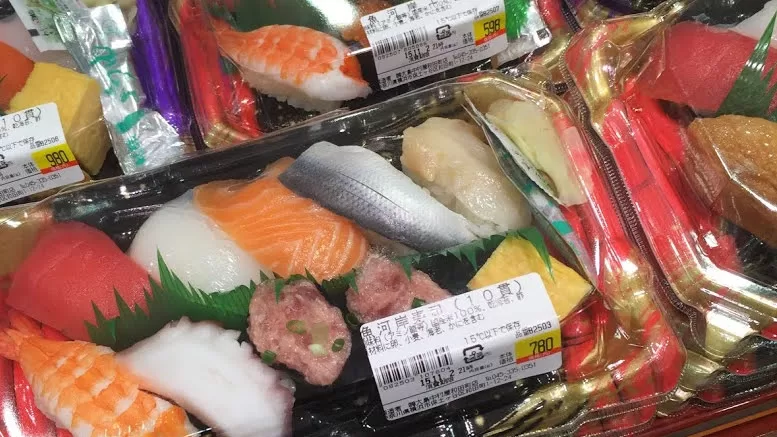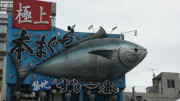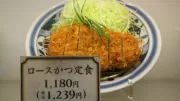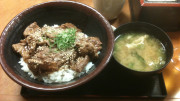Sashimi is what many people in the West mistakenly think of as sushi—raw fish. However, sushi is actually a rice-based dish that uses vinegared rice as its main ingredient. Sashimi, on the other hand, typically consists of thinly sliced raw seafood served with a variety of dipping sauces and accompaniments.

The word sashimi in Japanese means “pierced body,” which is fitting, as it quite literally refers to sliced flesh. But sashimi is much more than just food—it is considered a form of edible art. Each slice is carefully and skillfully cut by an experienced chef and beautifully arranged on a plate, often with visually striking garnishes and condiments.
Sashimi can be served as either a first course or a main dish and features an array of seafood—from exotic fish, prawns, eels, lobsters, octopus, shellfish and squid. The seafood used is always of the highest quality and remarkably fresh. It is typically accompanied by daikon radish, gari (pickled ginger), wasabi, and soy sauce. The slices are served in small, bite-sized pieces and are traditionally eaten with chopsticks.
Popular types of fish used in sashimi include salmon, mackerel, and tuna. One particularly notorious variety is the fugu pufferfish, known in Japanese as takifugu, which contains lethal levels of tetrodotoxin in its organs. Only highly trained and licensed chefs are allowed to prepare this dish, as a single mistake can be deadly. The toxin can paralyse the muscles and lead to asphyxiation, with no known antidote—victims must be kept on life support until the poison wears off.
Environmental concerns have also emerged regarding the popularity of bluefin tuna sashimi, known as maguro. Conservationists warn that overfishing is threatening wild populations. In response, efforts are being made to promote alternative seafood varieties to help preserve this endangered species.
While sashimi is most commonly raw, there are varieties that are lightly cooked or seared, such as some types of octopus and even chicken. These are often seared on the outside while remaining raw inside. A traditional dish called basashi, or raw horse meat sashimi, is especially popular in the Tohoku region, though it can also be found in major cities like Tokyo and Osaka, albeit less commonly.
Beef sashimi is also popular and often appears on the menu at Japanese-themed restaurants around the world. It’s usually served with just a touch of soy sauce. Some vegetarian and non-traditional varieties also exist, including bean curd skin (yuba) and fish roe. Notable examples include ikura (salmon roe), kazunoko (herring roe), uni (sea urchin), kurage (jellyfish), and namako (sea cucumber), all considered delicacies by many.
In Japan, sashimi is usually made from saltwater fish, as freshwater fish are more prone to harbouring parasites that are only killed through cooking. Saltwater seafood, when extremely fresh, is generally safe to eat raw.
Sashimi chefs are highly respected and spend years perfecting their craft. One of the most dramatic styles of sashimi preparation is ikizukuri, where the seafood is prepared live. Diners can choose a fish, prawn, lobster or other live sea creature from a tank, and the chef will expertly fillet and plate it in front of them. For some, this can be confronting—the animal may still show signs of life, such as twitching tentacles or a beating heart, even as it’s presented on the plate. This practice isn’t for the faint-hearted, and many Western visitors find it unsettling.
Another live sashimi dish is odori ebi, or “dancing shrimp.” In this preparation, a live shrimp is dipped into sake (intended to intoxicate it), followed by a dipping sauce, and then eaten whole. Kuruma shrimp are typically used for this dish, which is also popular in parts of China and Korea.




